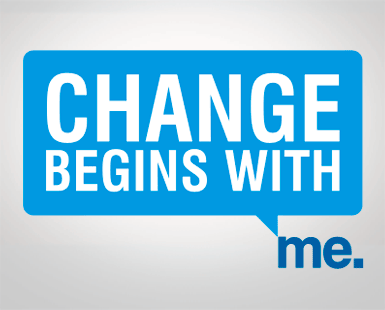We as educators are at a crossroads of change. We have a vague and blurred vision of where we should head, and a not so clear way to get there. We hear words like ‘personalization’, ‘blended’ and ‘mastery’, but all have our own interpretations of what those mean. The more articles or books I read, […]
